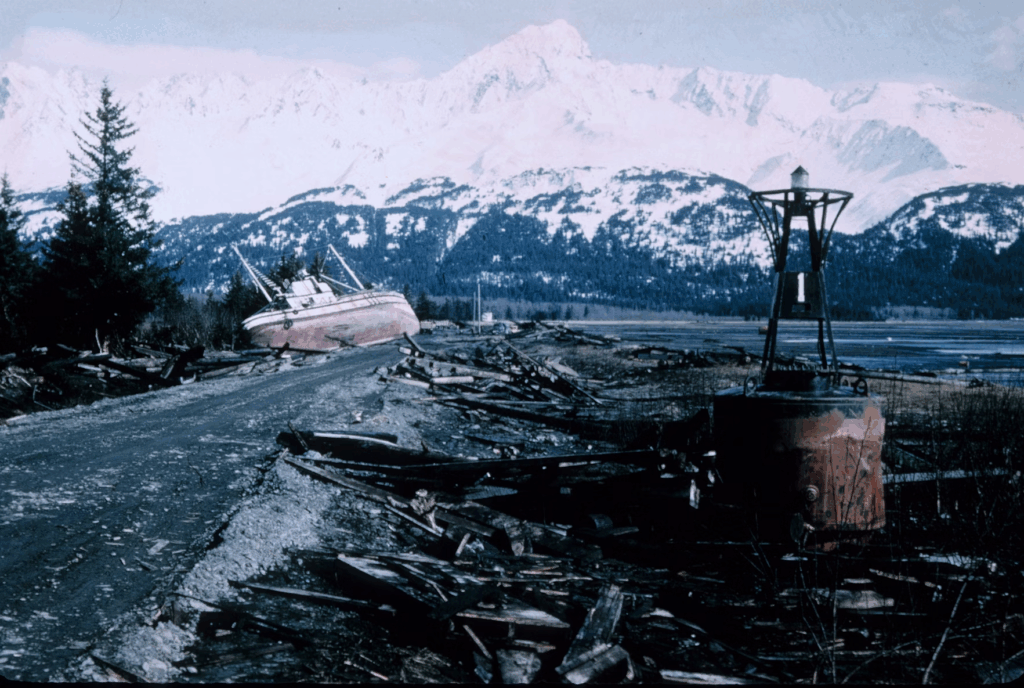Before the Waves: Unsettling Signs Preceded Russia’s Massive Earthquake and Pacific Tsunami Threat
In the days leading up to a colossal earthquake off Russia’s eastern coast, researchers and locals alike noticed unusual phenomena beneath the surface. Seismic instruments recorded strange microquakes and deep underwater rumbles with no clear origin.
Island residents reported seeing the ocean swell strangely under an ominous red sky. Nature seemed to be signaling something—but was anyone listening? Now, as tremors shake the Earth and waves surge across the Pacific, the question lingers: was this disaster a sudden strike or a harbinger of even greater upheaval?

The Quake That Shook the Pacific
On Wednesday, July 30, a powerful 8.8-magnitude earthquake rocked the seafloor approximately 74 miles southeast of Petropavlovsk-Kamchatsky, Russia. The U.S. Geological Survey placed the epicenter at a depth of 20.7 kilometers. This event now ranks as the sixth most powerful earthquake ever recorded.
Within the first hour, two strong aftershocks—measuring 6.3 and 6.9—jolted the region, followed by several smaller tremors around magnitude 5. The quake’s impact was felt across vast stretches of the Pacific Rim.
Tsunami Waves Roll Across the Ocean
The undersea quake triggered a tsunami that quickly raced across the Pacific Ocean. Early waves, measured near 4 feet (1.2 meters), struck the shores of Hawaii’s islands. Governor Josh Green warned that waves would “wrap around the islands,” leading to evacuations and widespread concern.
Flights in and out of Maui were temporarily suspended, while emergency responders monitored coastal activity near Kahului and other vulnerable locations. Though some warnings were later downgraded, authorities stressed the importance of vigilance.
Japan faced expected waves up to three meters but experienced slightly lower levels so far. Still, nearly 1.9 million people in Japan’s northern and eastern coastal regions were evacuated as a precaution.
Global Tsunami Alerts and Evacuations
The tsunami threat extended well beyond the Pacific Northwest and Japan:
The U.S. West Coast, from California through Washington, is under various tsunami warnings and advisories. Northern California’s coastline faces the most serious alerts.
Russia, the Philippines, Indonesia, Chile, Peru, and Ecuador have all issued warnings.
Island territories including the Galápagos, Solomon Islands, Vanuatu, and Papua New Guinea remain on high alert.
Mexico and Central America activated their Integrated Tsunami Alert System, covering areas from Ensenada down to Panama.
Former President Donald Trump took to Truth Social, emphasizing the seriousness of the situation:
“Due to a massive earthquake that occurred in the Pacific Ocean, a Tsunami Warning is in effect for those living in Hawaii. A Tsunami Watch is in effect for Alaska and the Pacific Coast of the United States. Japan is also in the way. Please visit tsunami.gov for the latest information. STAY STRONG AND STAY SAFE!”
Staying Safe Amid Rising Waters
Authorities urge those in coastal and low-lying regions to evacuate immediately to higher ground—at least one mile inland and 100 feet above sea level if possible. People are warned to avoid all shorelines, harbors, and river mouths, even out of curiosity or for photos.
Boaters are instructed to return to port without delay, and all water-related recreational activities are suspended until further notice.
The National Weather Service reminds residents to watch for early tsunami signs, such as an unusual roaring sound from the ocean or the sea suddenly receding far beyond the normal shoreline.
Keeping mobile devices charged and tuned to official emergency broadcasts is vital for receiving real-time updates.
🔚 Conclusion:
This monumental 8.8-magnitude earthquake off Russia’s coast has sent shockwaves rippling across the Pacific, triggering tsunami warnings from Hawaii to Japan, and from the U.S. West Coast down to South America. While some regions have seen easing alerts, the risk remains high, especially as aftershocks continue and waves traverse vast ocean distances.
Global emergency systems remain on high alert, urging people everywhere to heed warnings, act swiftly, and prioritize safety. As nature’s raw power unfolds, preparedness is humanity’s best defense.
